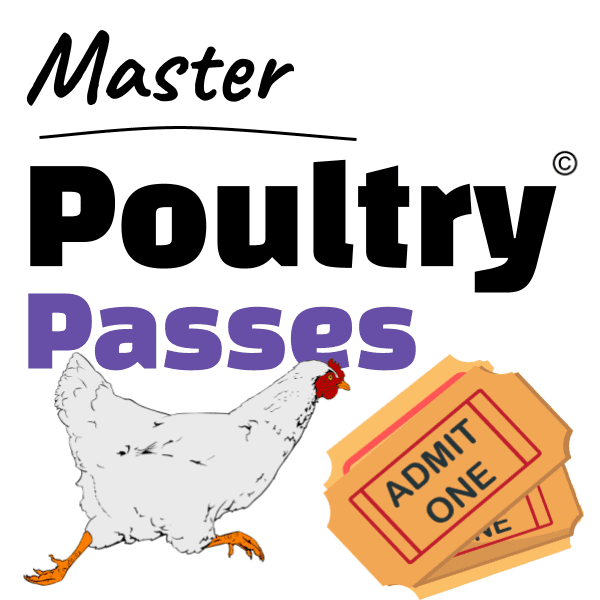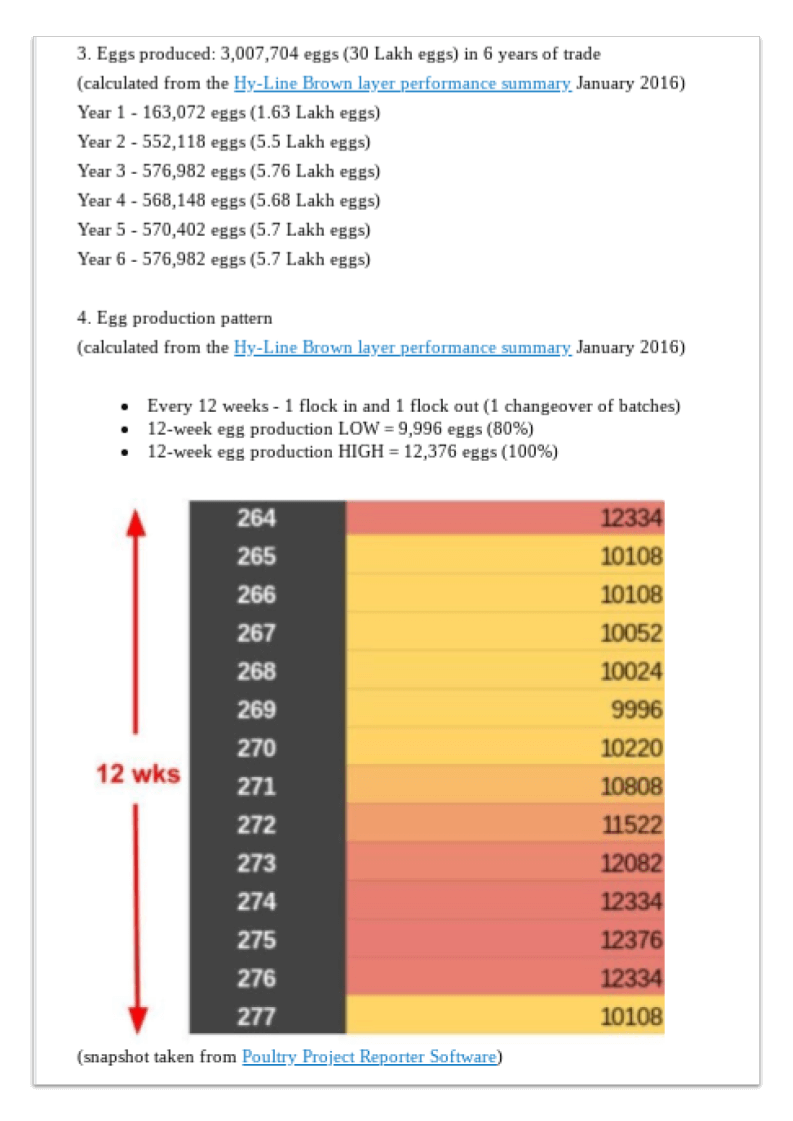If you’re into organically reared poultry,
Then you simply CANNOT miss out on this study.
Fellows from Damanhour University observed a significant increase in immune blood activity within a cohort of 120 Cobb broilers after…
…feeding rosemary leaves. [Read more…] about Does Rosemary Really Work as an Immune-Booster in Poultry?

